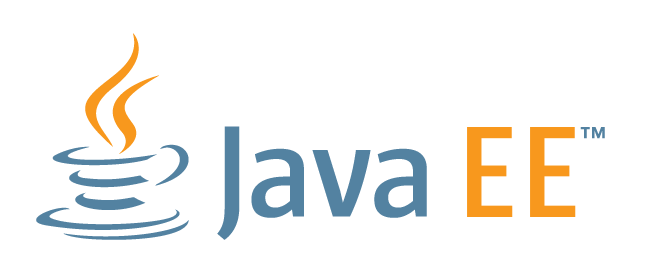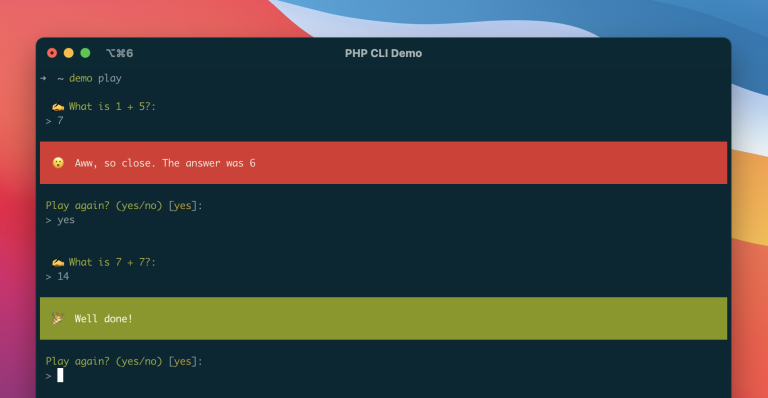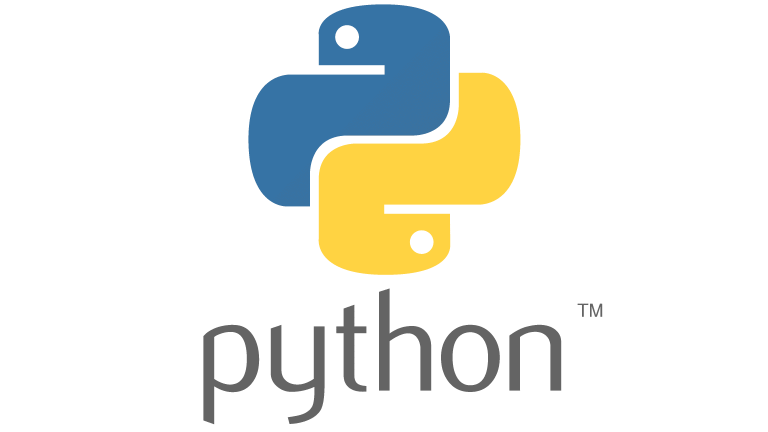Data structures play a crucial role in programming by providing organized ways to store and manipulate data. Python, a versatile and powerful programming language, supports various built-in and user-defined data structures. In this article, we’ll explore some of the fundamental data structures in Python and how to use them effectively.
1. Lists:
Definition:
- Lists are ordered, mutable collections that can store elements of different data types.
- Created using square brackets
[].
Sample Code:
my_list = [1, 'apple', 3.14, True]
Common Operations:
- Accessing elements:
my_list[0] - Modifying elements:
my_list[1] = 'orange' - Adding elements:
my_list.append('banana') - Removing elements:
my_list.remove(3.14)
2. Tuples:
Definition:
- Tuples are ordered, immutable collections.
- Created using parentheses
().
Sample Code:
my_tuple = (1, 'apple', 3.14, True)
Common Operations:
- Accessing elements:
my_tuple[0] - Combining tuples:
combined_tuple = my_tuple + (2, 'orange')
3. Sets:
Definition:
- Sets are unordered collections of unique elements.
- Created using curly braces
{}.
Sample Code:
my_set = {1, 2, 3, 3, 4}Common Operations:
- Adding elements:
my_set.add(5) - Removing elements:
my_set.remove(3)
4. Dictionaries:
Definition:
- Dictionaries are unordered collections of key-value pairs.
- Created using curly braces
{}with key-value pairs.
Sample Code:
my_dict = {'name': 'John', 'age': 25, 'city': 'New York'}Common Operations:
- Accessing values:
my_dict['name'] - Modifying values:
my_dict['age'] = 26 - Adding key-value pairs:
my_dict['gender'] = 'Male' - Removing key-value pairs:
del my_dict['city']
5. Arrays:
Definition:
- Arrays are collections of homogeneous elements (of the same data type).
- Created using the
arraymodule.
Sample Code:
from array import array
my_array = array('i', [1, 2, 3, 4])Common Operations:
- Accessing elements:
my_array[0] - Appending elements:
my_array.append(5)
6. Stacks:
Definition:
- Stacks are ordered collections with last-in, first-out (LIFO) access.
- Implemented using lists.
Sample Code:
my_stack = [] # Pushing elements my_stack.append(1) my_stack.append(2) # Popping elements popped_element = my_stack.pop()
7. Queues:
Definition:
- Queues are ordered collections with first-in, first-out (FIFO) access.
- Implemented using lists.
Sample Code:
from collections import deque my_queue = deque() # Enqueuing elements my_queue.append(1) my_queue.append(2) # Dequeuing elements dequeued_element = my_queue.popleft()
Conclusion:
Understanding and choosing the right data structure is crucial for efficient programming. Python provides a rich set of built-in data structures that cater to various needs. Depending on the specific requirements of your program, you can leverage these data structures to optimize storage, retrieval, and manipulation of data. Whether it’s a list, tuple, set, dictionary, array, stack, or queue, Python’s versatility empowers developers to select the most appropriate data structure for their applications.


















